SMT Surface Mount Technology: A Comprehensive Guide
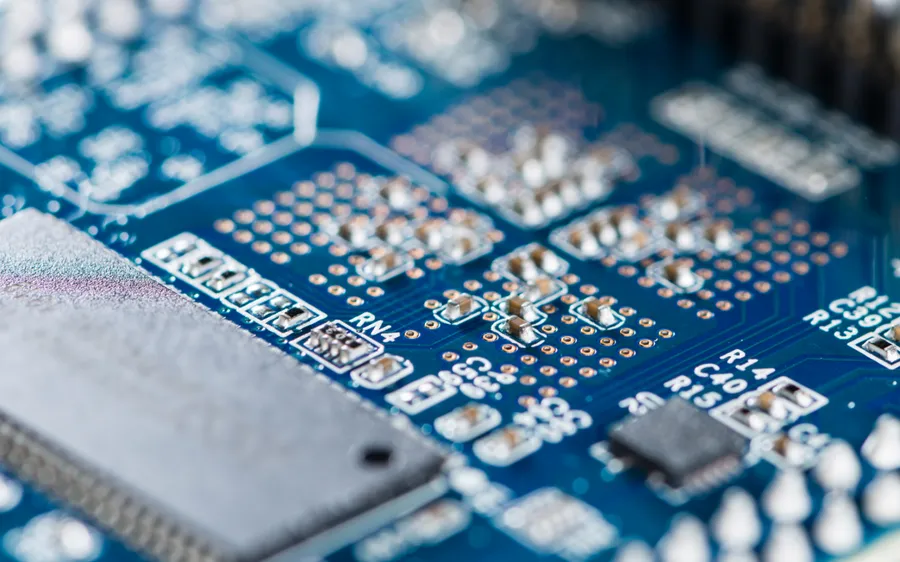
In today's rapidly evolving world of electronics, SMT (surface mount technology) stands as a cornerstone of modern manufacturing. This technology has revolutionized the way electronic components are assembled onto printed circuit boards (PCBs), leading to smaller, more efficient, and highly functional devices. This article will delve deep into the world of SMT, exploring its core concepts, benefits, limitations, and its pivotal role in shaping our technological landscape.
Understanding Surface Mount Technology (SMT)

Surface Mount Technology (SMT) is a method for producing electronic circuits where components are mounted directly onto the surface of a printed circuit board (PCB). This technique has largely replaced the traditional through-hole technology, offering numerous advantages in terms of miniaturization, automation, and performance.
SMT represents a significant departure from through-hole technology, which requires components to have leads that are inserted through holes in the PCB and soldered on the opposite side. In contrast, SMT components are designed to be directly attached to the board's surface, enabling more compact and efficient circuit designs.
The origins of SMT can be traced back to the need for more efficient and cost-effective methods of producing electronic devices. Its development was driven by the increasing complexity of electronic circuits and the demand for smaller, more portable devices. This transition to surface mount technology has revolutionized the electronics industry, making possible the advanced technology that we rely on today.
The Advantages of SMT Assembly
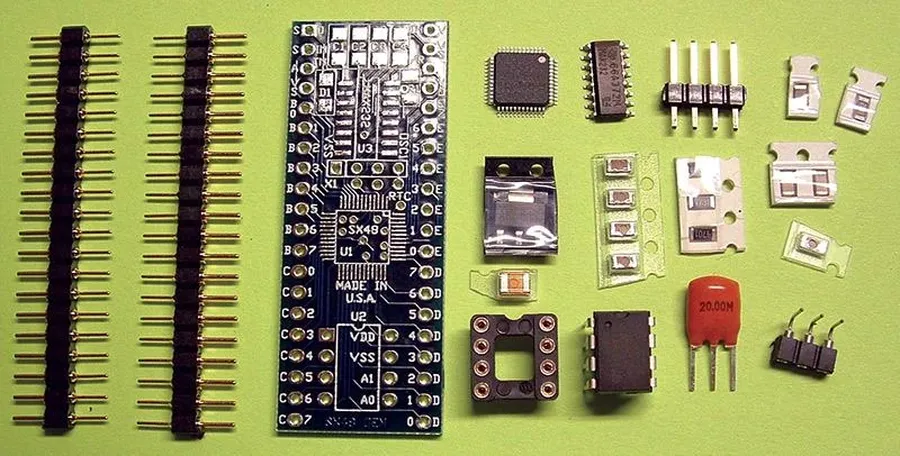
Surface Mount Technology (SMT) assembly offers a paradigm shift from traditional through-hole methods, providing significant advantages across various aspects of electronics manufacturing. The core benefits of SMT stem from its automated processes, allowing for increased speed, higher precision, and a substantial reduction in overall production costs.
- Automated Assembly
SMT leverages automated machinery, such as pick-and-place machines and reflow ovens, to facilitate high-speed and precise component placement. This minimizes human error and dramatically increases production throughput, in contrast to manual insertion required by through-hole technology. - Enhanced Component Density
SMT enables the use of smaller components mounted directly onto the PCB surface without leads. This capability leads to significantly higher component densities on circuit boards, reducing the overall size and weight of electronic devices while increasing the complexity of the design that can be achieved. - Miniaturization of Devices
The use of surface mount components and the ability to place them close together facilitates the design of more compact electronic products. The reduction in size and weight opens the door for highly portable and wearable electronic devices, which are increasingly demanded in modern electronics. - Reduced Manufacturing Costs
While the initial investment in SMT equipment can be substantial, the long-term manufacturing costs are significantly reduced due to increased production speed, lower labor costs, and reduced material usage. Automated assembly processes also contribute to fewer errors and less rework, resulting in cost savings. - Improved Electrical Performance
SMT components, with their shorter leads and direct surface mounting, provide superior electrical performance compared to through-hole components. This results in reduced signal path lengths, lower impedance, improved signal integrity, and enhanced high frequency operation, essential for modern electronics requiring high data rates and signal accuracy.
SMT Components: A Closer Look

Surface Mount Technology (SMT) relies on a diverse range of components specifically designed for direct mounting onto a printed circuit board (PCB). These components, unlike their through-hole counterparts, lack leads or have very short leads, enabling efficient and compact assembly. Understanding the characteristics of these components is crucial for successful SMT design and manufacturing.
Common SMT components include resistors, capacitors, inductors, and integrated circuits (ICs), each available in various sizes and types. The physical dimensions of SMT components are standardized, typically described using a four-digit code (e.g., 0603, 0805, 1206), where the code represents the length and width in hundredths of an inch.
| Component Type | Description | Common Sizes (Imperial) | Key Characteristics |
|---|---|---|---|
| Resistors | Passive components that impede current flow, controlling voltage and current. | 0402, 0603, 0805, 1206 | Resistance value (Ohms), tolerance, power rating. |
| Capacitors | Passive components that store electrical energy in an electric field. | 0402, 0603, 0805, 1206 | Capacitance (Farads), voltage rating, dielectric type. |
| Inductors | Passive components that store energy in a magnetic field, used in filtering and tuning circuits. | 0402, 0603, 0805, 1206 | Inductance (Henries), current rating, Q-factor. |
| Integrated Circuits (ICs) | Complex components with many transistors and other circuit elements, performing various functions. | SOIC, QFN, BGA, TSSOP, etc. | Functionality, package type, pin count. |
The design of SMT components prioritizes compatibility with automated pick-and-place machines, requiring precise dimensions, flat surfaces for vacuum pick-up, and solderable terminations. Each component is meticulously designed to optimize performance and reliability within the constraints of automated assembly. Component selection is a critical aspect of SMT design, directly impacting performance, cost, and assembly complexity.
The SMT Assembly Process Step-by-Step
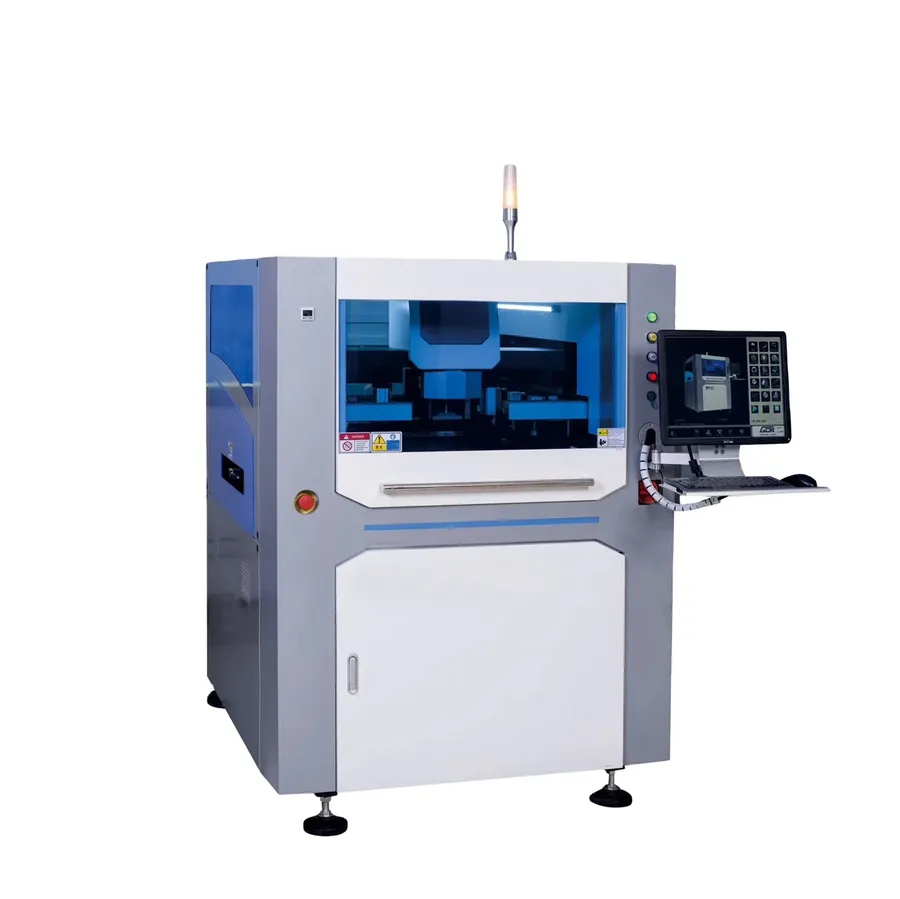
The Surface Mount Technology (SMT) assembly process is a sophisticated sequence of steps crucial for the reliable and efficient manufacturing of modern electronic devices. This process involves precision application of solder paste, accurate component placement, reflow soldering to establish electrical connections, and rigorous inspection and testing to ensure the final product meets quality standards. Each stage is vital to ensure high-quality surface mount assembly.
- Solder Paste Application
The initial step involves applying solder paste onto the designated pads of a PCB (Printed Circuit Board). Solder paste, a mixture of tiny solder particles and flux, is precisely deposited using a stencil. The stencil aligns with the PCB, ensuring solder paste is only applied to the correct areas for component attachment. This method ensures consistent and accurate solder deposition which is vital for reliable electrical connections. - Component Placement
Following solder paste application, components are accurately placed onto the solder paste pads. This step is typically performed by automated pick-and-place machines which are programmed with precise component location data from the design files. These machines select and position components, both large and small, with high accuracy and speed. The correct placement at this stage is critical to avoid misaligned or faulty connections post soldering. - Reflow Soldering
After component placement, the PCB undergoes reflow soldering. This involves passing the populated board through a reflow oven with carefully controlled temperature zones. These zones preheat the board, activate the flux within the solder paste, melt the solder particles, and subsequently cool the solder allowing it to solidify and establish permanent electrical and mechanical connection between the components and PCB. The reflow process is critical to ensure that all solder joints are formed correctly. - Inspection and Testing
The final stage of SMT assembly is inspection and testing which includes a thorough examination of the soldered joints to ensure there are no defects such as opens, shorts, or insufficient solder. This involves a combination of methods, including visual inspection, X-ray inspection, and automated optical inspection (AOI). After inspection, a series of functional tests are often performed which vary depending on the complexity of the device, to verify the electrical performance of the assembled board and ensure it functions according to its specifications. This final quality check is essential to ensure the reliability and longevity of the product.
Disadvantages and Challenges of SMT
While SMT offers numerous advantages, it's crucial to acknowledge its limitations. These challenges, primarily stemming from the miniaturization and precision requirements of SMT, necessitate careful consideration in manufacturing processes and design.
- Difficulty in Manual Rework
SMT components, being extremely small, are very difficult to handle and rework manually. Unlike through-hole technology, where components can often be easily removed and replaced, SMT rework requires specialized tools and techniques like hot air stations and precise soldering irons. Reworking damaged SMT components is a time-consuming and expensive process, often requiring highly skilled technicians. This presents a major challenge for prototyping or post-production repair. - Specialized Equipment and Skills
SMT assembly relies heavily on automated machinery, such as pick-and-place machines, solder paste printers, and reflow ovens. These machines require substantial capital investment. Additionally, operating and maintaining this equipment demands a skilled workforce with expertise in programming, machine operation, and process control. The expertise requirement for SMT is higher than with through-hole technology. This translates to significant initial investment and ongoing operational costs. - Limitations on High Power Components
Due to their small size and method of surface mounting, SMT components often have limitations in their ability to dissipate heat effectively. This restricts the application of SMT to some high-power electronic circuits where heat management is a significant consideration. In applications that require higher wattages, through-hole components may be required for optimal performance and reliability due to more effective heat dissipation. - Challenges of Smaller Component Handling
As components become ever smaller in the pursuit of miniaturization, manual handling and visual inspection become increasingly problematic. Precision automated equipment is crucial for handling these minute components, and even minor misalignments can cause issues. The minute dimensions of components, such as 0201 and 01005, present further challenges in assembly and rework, and the risk of component damage or loss is greatly increased. - Susceptibility to Mechanical Stress
SMT components are mounted on the surface of the PCB and are therefore more susceptible to mechanical stresses, such as bending or vibration. This can lead to solder joint failure, impacting the reliability of the product. These stresses are particularly concerning in applications that may experience impact or vibration during operation.
SMT vs. Through-Hole Technology: A Comparison
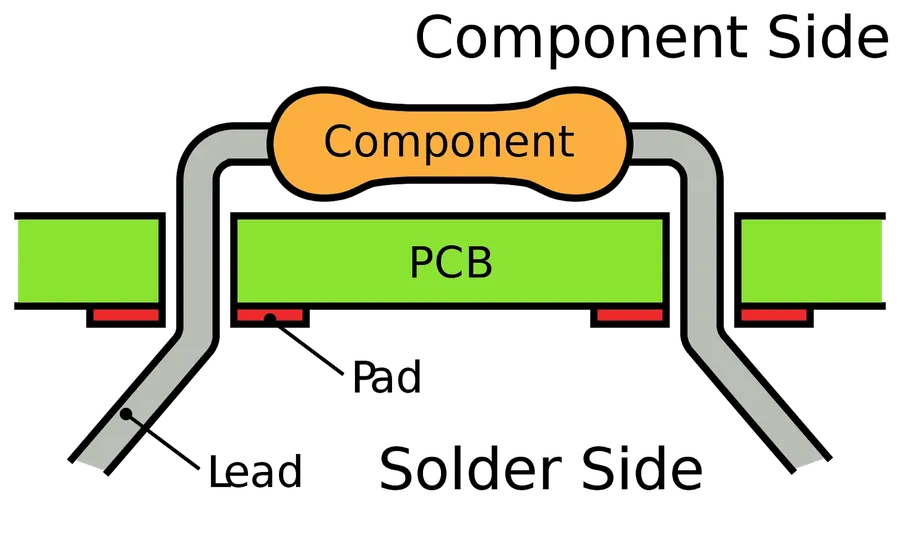
Surface Mount Technology (SMT) and Through-Hole Technology represent the two primary methods for mounting electronic components onto printed circuit boards (PCBs). SMT involves directly mounting components onto the surface of the PCB, while through-hole technology involves inserting component leads through drilled holes in the PCB and soldering them on the opposite side. Each method has distinct advantages, disadvantages, and ideal use cases, which are crucial to consider during product development and manufacturing.
| Feature | SMT (Surface Mount Technology) | Through-Hole Technology |
|---|---|---|
| Component Mounting | Components are mounted directly on the surface of the PCB. | Components are mounted by inserting leads through holes in the PCB. |
| Component Size | Typically smaller components allowing for higher density. | Typically larger components. |
| Assembly Process | Automated assembly with pick-and-place machines and reflow soldering. | Manual or semi-automated assembly with wave soldering. |
| Component Density | Higher density possible, more components per area. | Lower density, fewer components per area. |
| Miniaturization | Well-suited for smaller devices and portable electronics. | Less suitable for miniaturization. |
| Manufacturing Cost | Lower cost due to automation and fewer materials. | Higher cost due to more manual labor and larger components. |
| Electrical Performance | Generally better high-frequency performance, shorter signal paths. | Potentially lower high-frequency performance, longer signal paths. |
| Rework | More difficult to rework due to smaller components. | Easier to rework and replace components. |
| Strength of Connection | Connections are generally robust but can be less resistant to mechanical stress. | Connections are generally strong and more resistant to mechanical stress. |
| Ideal Applications | Consumer electronics, mobile devices, high-performance computing. | High power applications, prototyping, large connectors. |
SMT Equipment and Machinery
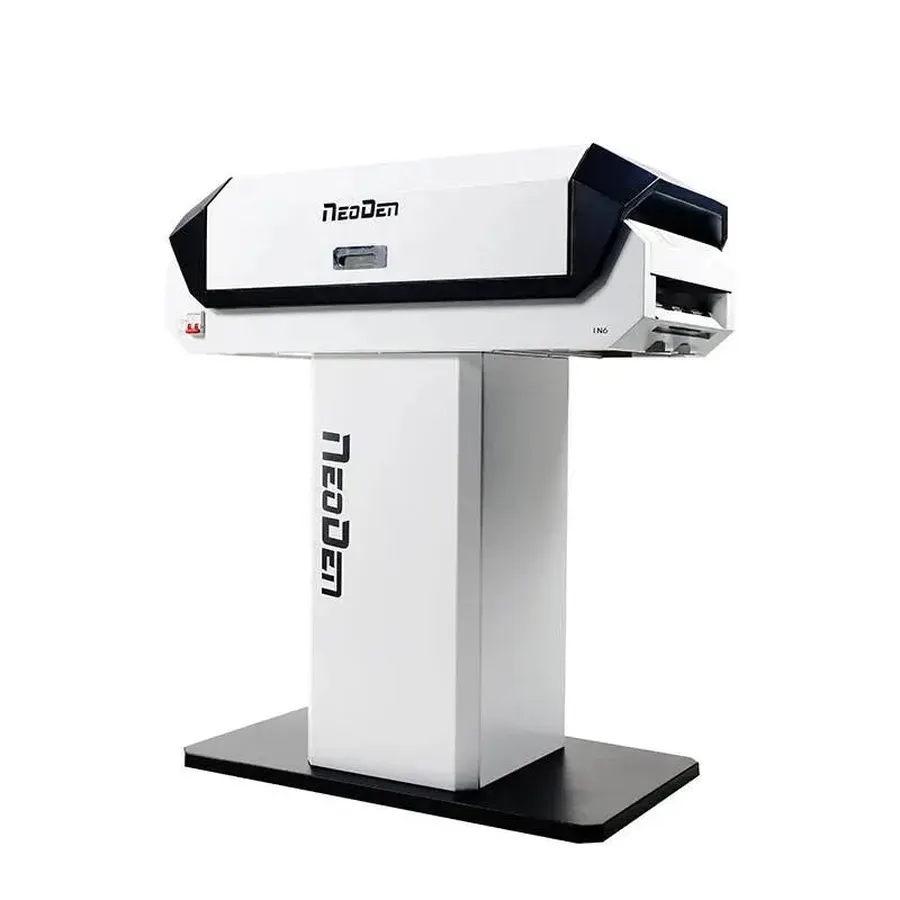
Surface Mount Technology (SMT) relies on specialized machinery to achieve precise and efficient assembly of electronic components onto printed circuit boards (PCBs). These machines automate various stages of the SMT process, ensuring high-quality and reliable electronic products. The core equipment includes solder paste printers, pick-and-place machines, reflow ovens, and inspection systems, each playing a crucial role in the overall process.
| Equipment | Function | Key Features |
|---|---|---|
| Solder Paste Printer | Applies solder paste to the PCB pads | Uses stencils, precise alignment, and consistent paste deposition |
| Pick-and-Place Machine | Positions components onto the solder paste | High-speed placement, robotic arms, vision systems for accuracy, component feeders |
| Reflow Oven | Melts the solder paste to form electrical and mechanical connections | Controlled temperature profiles, multi-zone heating, consistent and repeatable soldering |
| Inspection Equipment (AOI/X-ray) | Verifies solder joint quality and component placement | Automated optical inspection, X-ray inspection, detects defects and ensures quality |
These machines work in concert to automate the SMT assembly process, moving from solder paste application to component placement, reflow soldering, and, finally, quality control. The interplay between these machines results in the high precision and efficiency characteristic of SMT assembly.
Frequently Asked Questions About SMT Surface Mount Technology
This section addresses common inquiries about Surface Mount Technology (SMT), aiming to clarify key concepts and provide practical insights into its application within modern electronics manufacturing. We will tackle distinctions between SMT and SMD, explore various SMT component types, and discuss SMT's broader impact on the electronics industry.
- What exactly is SMT (Surface Mount Technology)?
SMT, or Surface Mount Technology, refers to a method of assembling electronic circuits by mounting components directly onto the surface of a printed circuit board (PCB), as opposed to inserting components through holes. This technique allows for higher component densities and automated assembly processes, making it a cornerstone of modern electronics manufacturing. - What is the difference between SMD (Surface Mount Device) and SMT (Surface Mount Technology)?
SMD (Surface Mount Device) refers to the actual electronic components that are designed to be mounted onto the surface of a PCB, such as resistors, capacitors, or integrated circuits. SMT (Surface Mount Technology), on the other hand, refers to the method or process of using these components in circuit assembly. Essentially, SMDs are the parts, and SMT is the technique of using them. - What are common types of SMT components?
Common SMT components include resistors, capacitors, inductors, diodes, transistors, and integrated circuits (ICs). These components come in various standardized sizes and packages designed for automated placement onto PCBs. These packages include chip resistors and capacitors, SOICs (Small Outline ICs), QFNs (Quad Flat No-leads), and BGAs (Ball Grid Arrays) among others. - What are the main advantages of using SMT?
The key benefits of SMT include higher component density on PCBs, allowing for smaller and more compact electronic devices, automated assembly leading to increased production speed and reduced manufacturing costs, and improved electrical performance due to shorter signal paths and reduced inductance compared to through-hole technology. - What are some of the disadvantages or challenges of SMT?
While SMT offers many advantages, there are some challenges. Reworking SMT assemblies can be difficult, requiring specialized equipment and trained personnel. Certain types of high-power components may be challenging to adapt for surface mounting, and the smaller component sizes can be difficult to handle manually. Inspection can also be more complex, often requiring automated optical inspection. - How does SMT compare to through-hole technology?
Through-hole technology involves inserting components' leads through holes in the PCB and soldering them on the other side. SMT, in contrast, mounts components directly onto the PCB surface. SMT is better for high-density, automated assembly, whereas through-hole is more suited for larger, mechanically robust components or prototyping where manual soldering is frequent. SMT is now the industry standard for most electronic products. - How does SMT affect the performance and reliability of electronics?
SMT generally enhances electronic performance by reducing the length of signal paths and minimizing parasitic inductances and capacitances, which is crucial for high-frequency circuits. The automated nature of SMT assembly also results in more consistent and reliable soldering, which contributes to overall product reliability and longevity.
Future of SMT Surface Mount Technology
The future of Surface Mount Technology (SMT) is characterized by continuous innovation aimed at enhancing miniaturization, performance, reliability, and sustainability. Emerging trends and new materials are pushing the boundaries of what's possible in electronic assembly, promising more efficient, powerful, and environmentally friendly devices.
- Advanced Materials
The development of new materials with superior electrical, thermal, and mechanical properties is crucial for SMT's future. This includes advanced solder alloys, substrate materials, and conductive adhesives that can withstand higher operating temperatures and provide better reliability. Nanomaterials, such as carbon nanotubes and graphene, are being explored for their potential to enhance conductivity and reduce component size. - Miniaturization and 3D Packaging
The relentless drive towards smaller and more compact electronic devices is pushing the limits of miniaturization in SMT. Emerging technologies like 3D packaging, which involves stacking components vertically, are becoming increasingly important for achieving higher density and improved performance in a smaller footprint. This also includes the use of chip-scale packages (CSPs) and other ultra-small form factor components. - Increased Automation and AI Integration
Advanced robotics, machine learning, and AI are becoming more prevalent in SMT assembly, improving precision, speed, and defect detection. These technologies enable more efficient and reliable manufacturing processes, reducing human error and optimizing production workflows. Self-optimizing machines and predictive maintenance will be standard in the smart factories of the future. - Sustainable Manufacturing Practices
Environmental sustainability is a growing concern, and SMT is evolving to incorporate eco-friendly materials and processes. This includes the use of lead-free solders, recycled materials, and the implementation of energy-efficient manufacturing techniques. The focus is shifting towards reducing the carbon footprint of electronics production. - Enhanced Reliability and Performance
The need for higher performance and reliability in demanding applications such as aerospace, medical, and automotive is driving innovations in SMT. Improvements in thermal management, component packaging, and interconnection technologies are resulting in more durable and dependable electronic systems. This also includes advancements in testing and inspection methods to ensure long term operational reliability.
SMT surface mount technology is indispensable in the modern electronics industry. Its ability to enable miniaturization, efficiency, and large-scale production has transformed electronics manufacturing and pushed technology boundaries. Understanding SMT's nuances, from its detailed assembly process to its implications for the future, is key to comprehending how many of our devices work. As technology evolves, SMT continues to be at the forefront, driving innovation and shaping the electronic devices we use daily.
 AnyPCBA
AnyPCBA